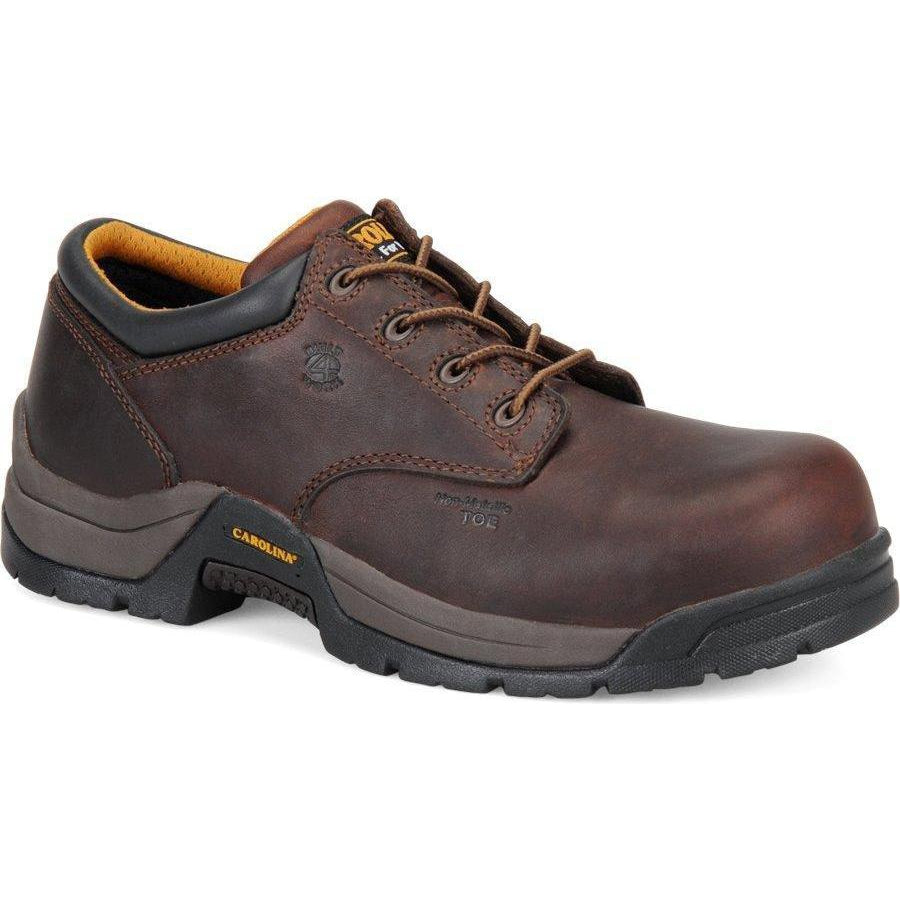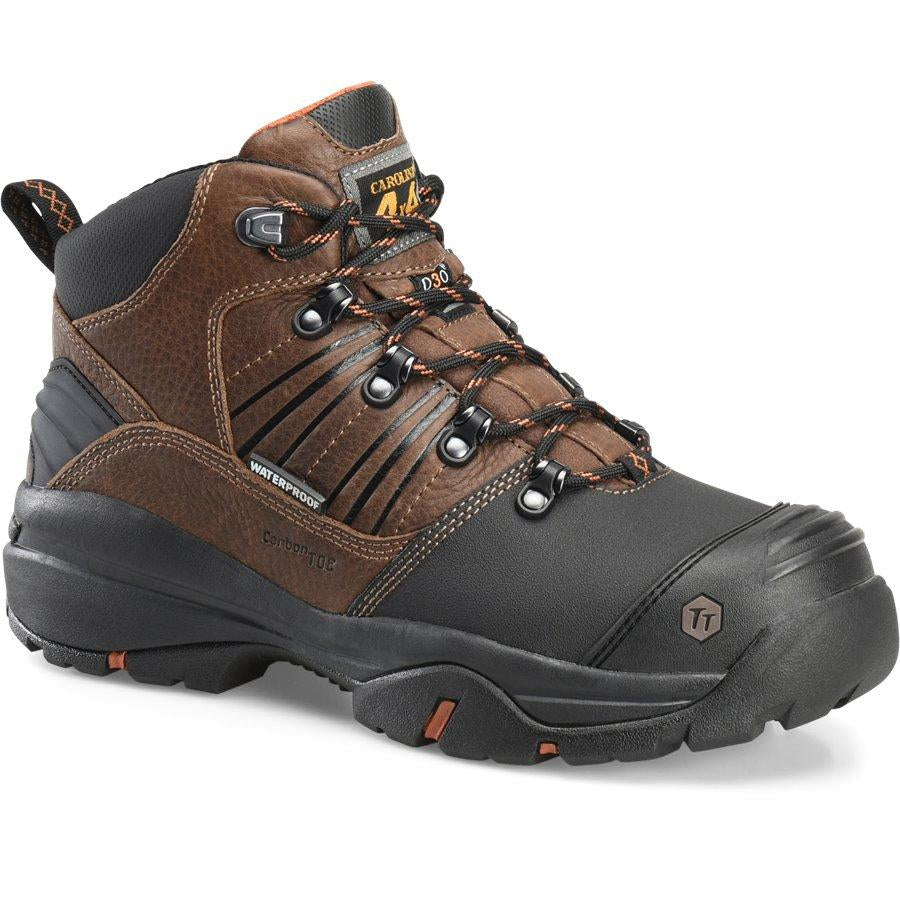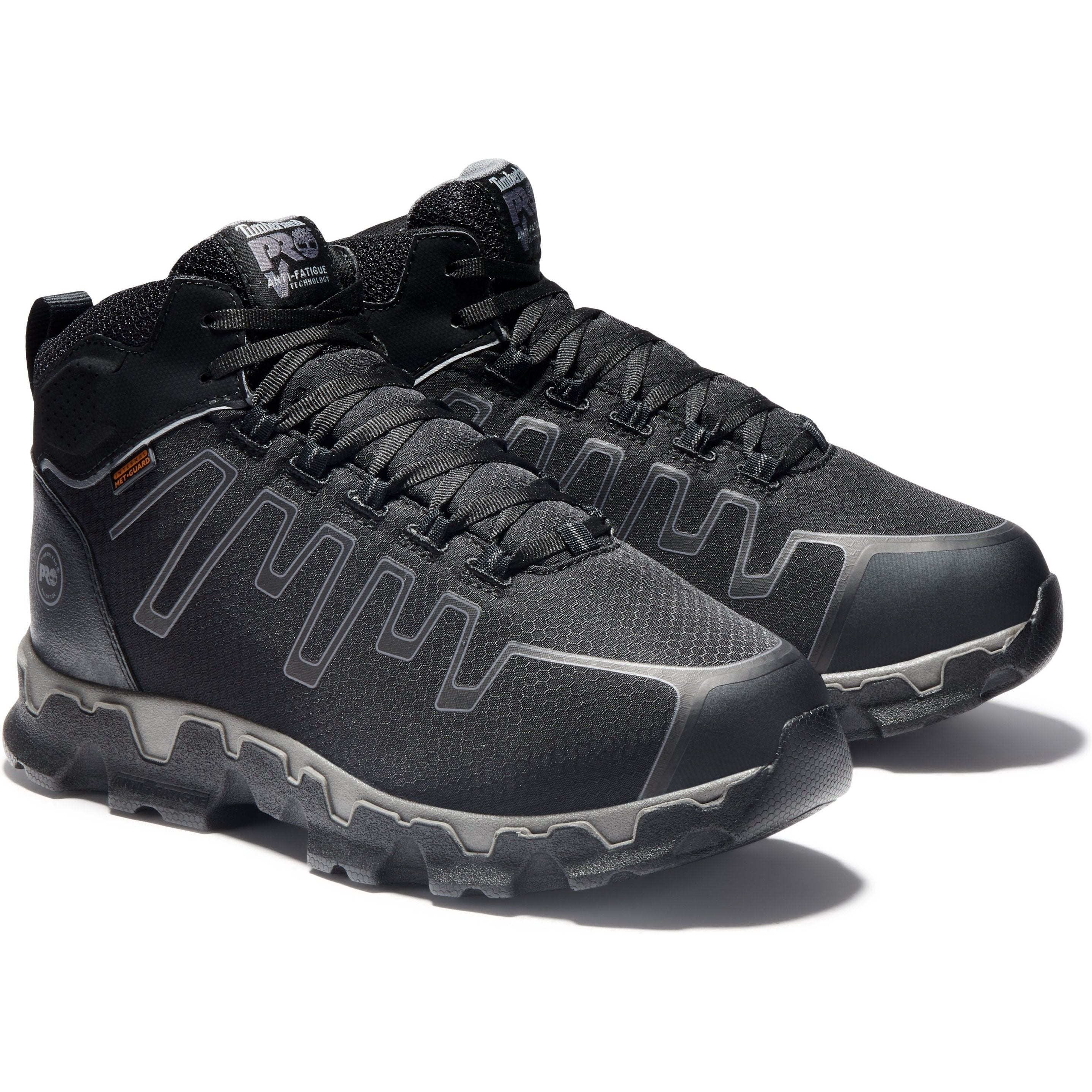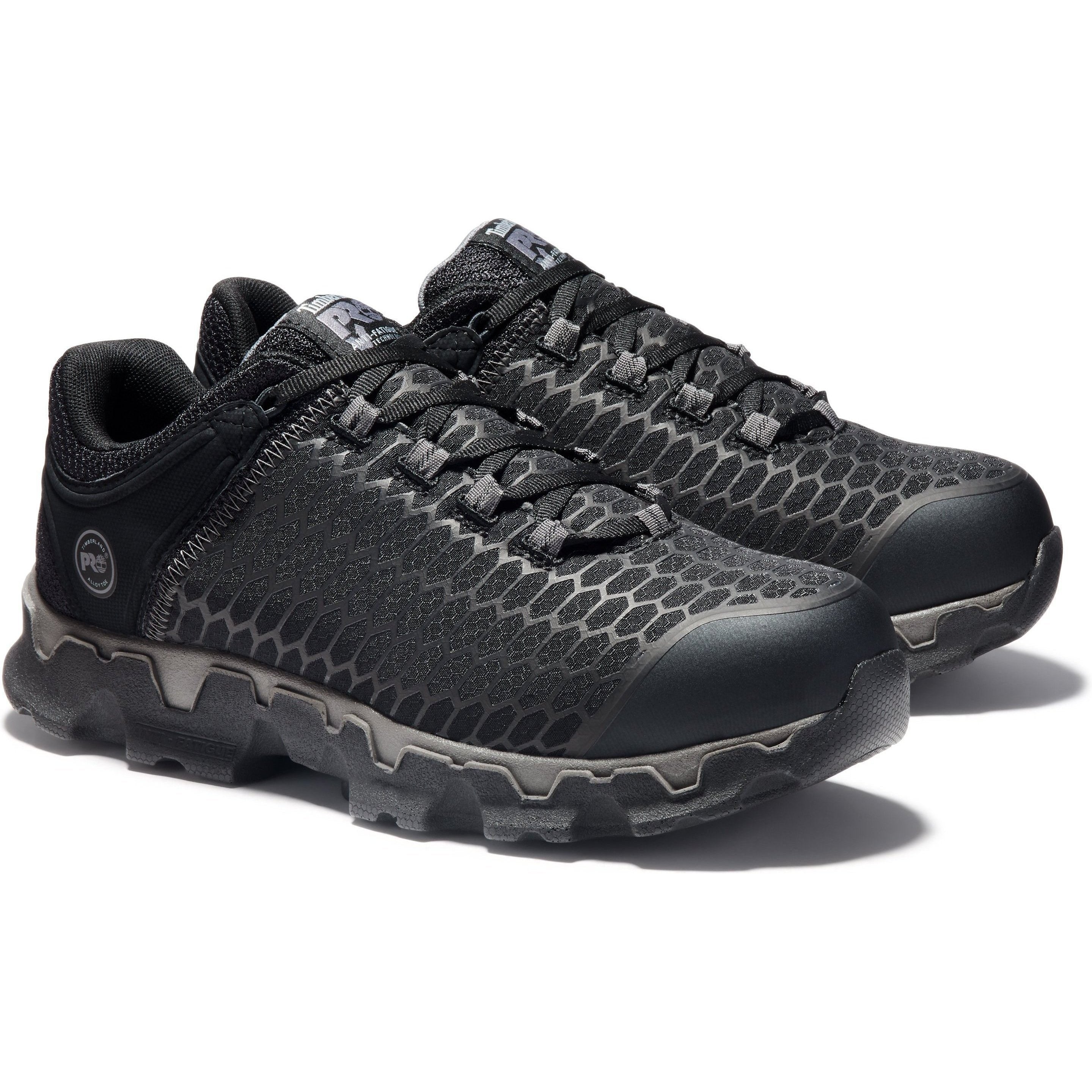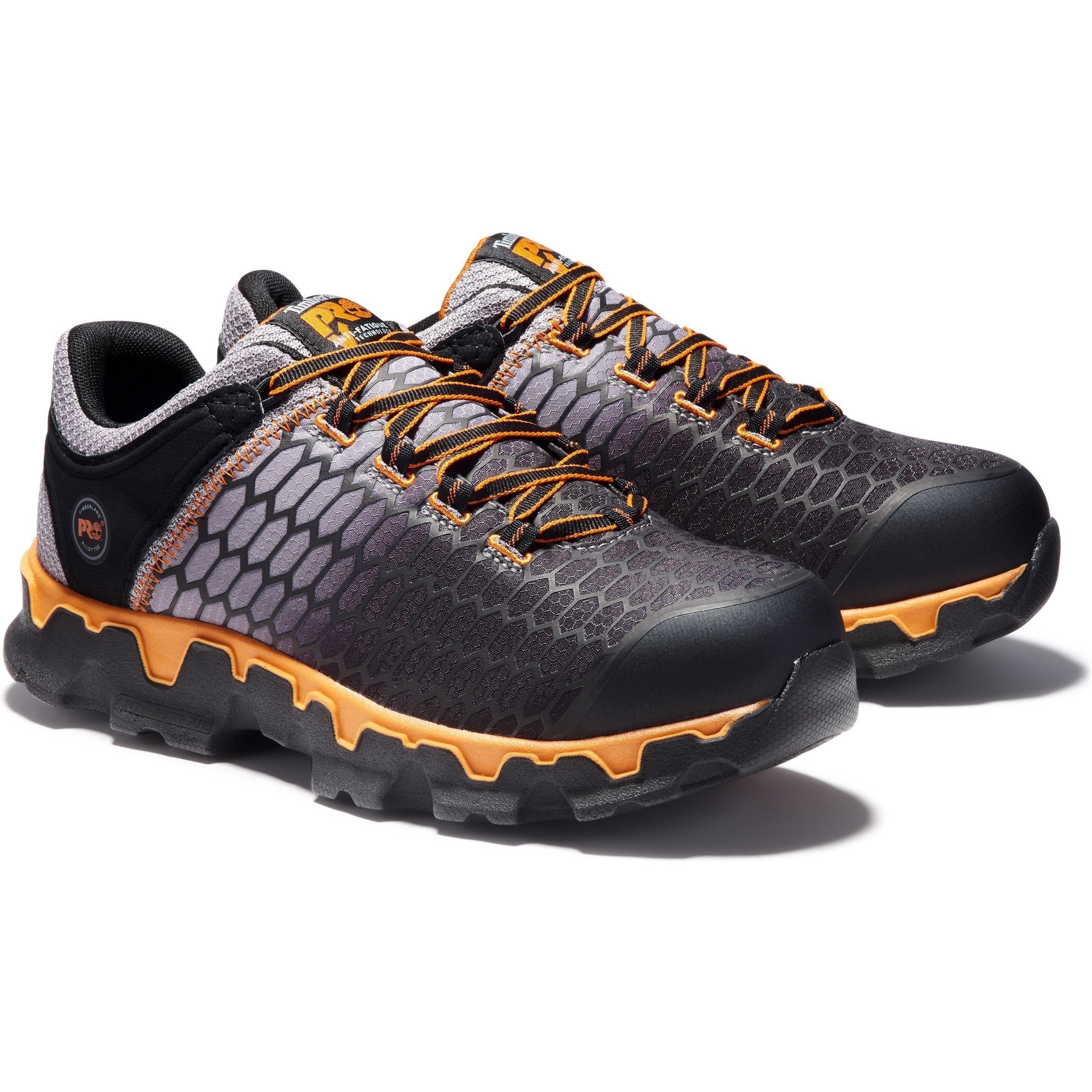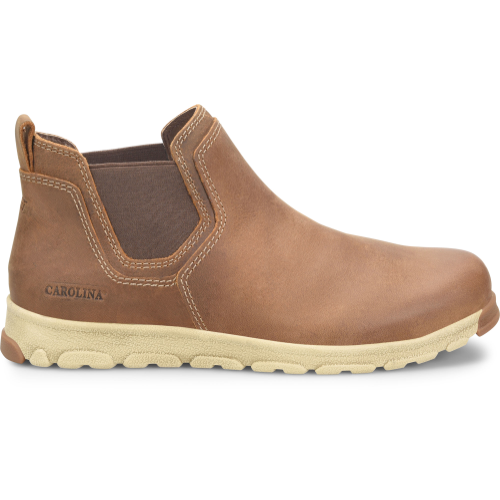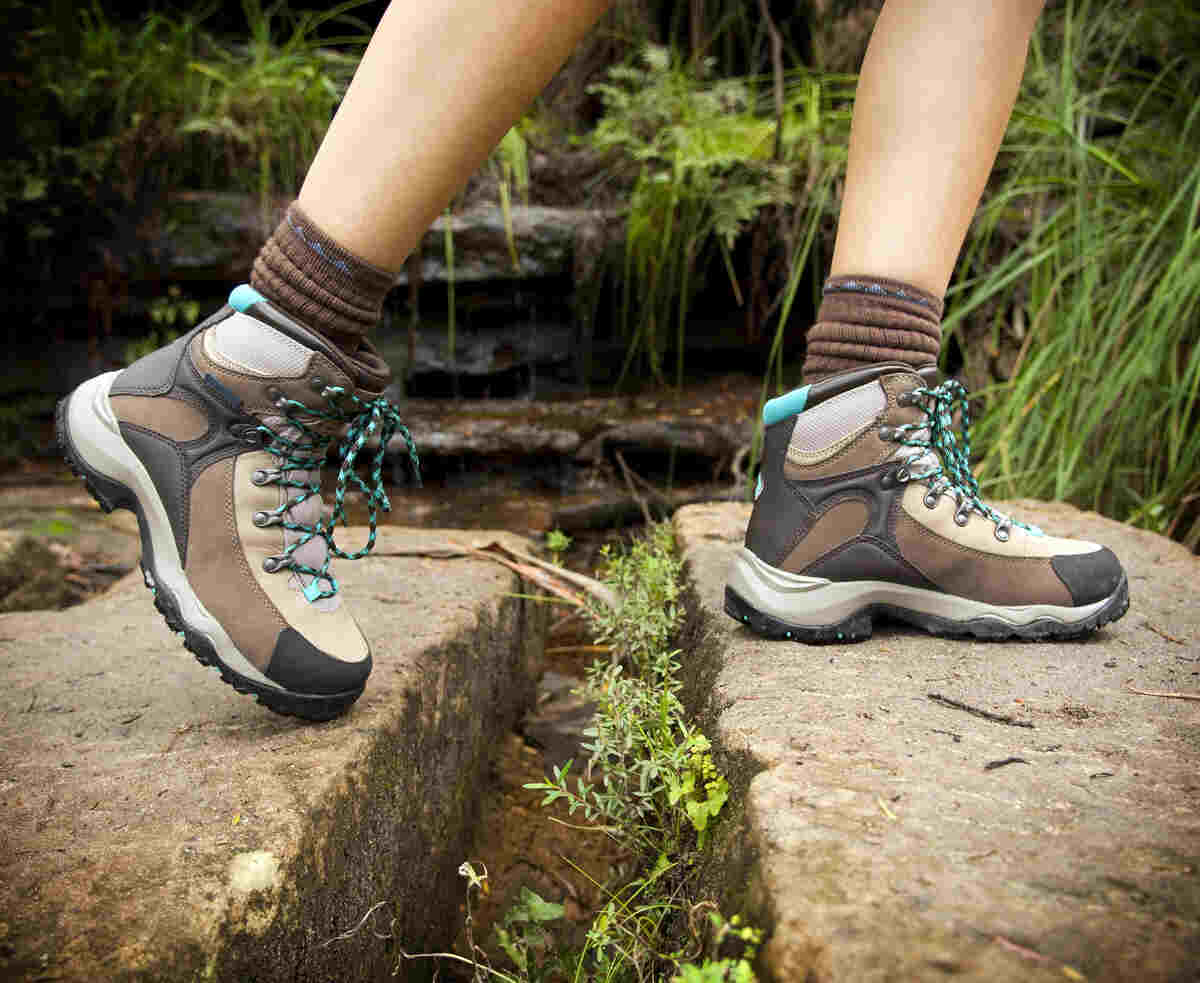Do shoes give you the blues? Blisters, that is. If your feet are constantly in pain and covered with blisters, it’s time to take action! You don’t have to resign yourself to a lifetime of uncomfortable footwear – there are proven strategies for preventing painful blisters on your feet.
We’re about to share some top tips so you can bid farewell to sore soles forever. Wearing the best work shoes for men can also make a significant difference, providing proper support and reducing friction that leads to blisters. So if you're ready to say goodbye to those bothersome bumps on your toes and heels, read on!
Step One: Choose the Right Shoes
Choosing the right shoes is an essential step in preventing blisters on your feet. To ensure that your shoes are not causing friction and rubbing, which can lead to blisters, you must first make sure they fit properly. Pick a shoe style that fits snugly around the heel with enough room for your toes.
Here are some tips to help you find the right fit for your feet:
- Measure both feet accurately – don't assume they're the same length!
- Try on different brands and styles to see which works best for you.
- Wear appropriate socks when trying on shoes. What kind of socks will you be wearing with the shoes in your day-to-day life? Try on the shoes with those socks to get the best feel of the fit.
- Walk around in them in the store before buying. If they’re too tight or too loose, try on a different size.
[prc-collections-carousel]
Adjust Shoe Straps Properly
When wearing shoes, you should make sure that all straps are properly adjusted. This can help prevent friction blisters caused by the constant rubbing of materials against the skin.
So, start by loosening any laces and buckles before putting your foot in the shoe. There should be enough room for your toes to move freely. If you find a blister between your toes or at the back of your ankle, adjust the buckle until it fits comfortably but snugly around those areas.
Another thing to keep in mind is the way you lace your work boots. Make sure your laces aren't tied too tightly, as this can cause pressure points on the top of your foot or rub against your ankle.
Also, take into account if your heel is slipping out when walking. This could be another cause of blisters. You may need to tighten up the laces more so that they fit better, or try using an inner sock liner to reduce heel slippage and stop pinch blisters from forming.
Break ‘Em In!
Picture this: you get a new pair of hiking boots and can’t wait to go to your favorite trail and test them out. But take a step back for a second. You have to break in your hiking boots first. Otherwise, it could end up in a disaster. And that goes for pretty much all shoes. Sure, they’re new and shiny, but don’t get overly excited – break them in before you hit the streets. Your feet will thank you later.
Here's how to prevent blisters on your feet from shoes:
- Start slow: Don't jump into a marathon wearing brand-new shoes. Ease into it by wearing them for short periods of time initially.
- Wear thick socks: Opt for cushioned socks that provide extra padding and minimize friction.
- Use moleskin or blister pads: Apply these protective patches on areas prone to rubbing to reduce friction and prevent blisters.
- Try shoe stretchers: If your shoes are too tight in certain areas, use stretchers to gently expand them for a more comfortable fit.
- Use a blow dryer: If your shoes are made of leather, use a blow dryer on low heat to soften them and make them more pliable.
Wear Socks
What’s the simplest way to protect your feet from blisters when wearing new shoes? Well, wearing socks, of course!
Socks prevent blisters by acting as a barrier between your skin and the shoe and reducing friction. Make sure to choose socks that fit well and are made of breathable materials to keep your feet dry and comfortable.
When selecting socks for blister prevention, pay attention to thickness. Are the socks too thick for your shoes? Experiment with socks of different thicknesses until you find the perfect pair.
And here's a little secret from pro hikers: wearing two pairs of socks can also help prevent blisters. The inner layer of the socks will absorb any sweat, while the outer layer will reduce friction with the shoe. Just be sure that your shoes still fit properly with the extra layer of socks.
Lubricate Your Feet
When it comes to preventing blisters on your feet from shoes, one simple yet effective trick is to lubricate your feet. By providing a barrier between your skin and the shoe, you can reduce friction and minimize the chances of developing painful blisters. Here are a few options for lubricating your feet:
- Petroleum jelly: Apply a thin layer of petroleum jelly on areas prone to blisters, such as the heel and toes. It creates a protective coating and helps reduce friction.
- Anti-chafing balms: Look for balms specifically designed to prevent chafing and blisters. These balms often contain ingredients like silicone or wax that reduce friction and keep your skin moisturized.
- Sports lubricants: Sports-specific lubricants, like those used by runners and athletes, can also effectively prevent blisters. After all, they are designed to withstand intense physical activity and provide long-lasting protection.
Keep Your Feet Dry
One of the key factors in preventing blisters on your feet is to keep them dry. Moisture and friction are a dangerous combination when it comes to blister formation, so it's important to take steps to keep your feet as dry as possible.
- Start by choosing the right socks. Look for moisture-wicking materials such as merino wool or synthetic blends that can help draw moisture away from your skin. Avoid cotton socks as they tend to retain moisture, which can increase the likelihood of blisters.
- Another tip is to wear moisture-wicking insoles or footbeds in your shoes. These can absorb sweat and reduce friction, providing an additional layer of protection for your feet.
- If your feet tend to sweat excessively, you can also try using foot powders or antiperspirant sprays. These products can help control moisture and reduce friction.
- Remember to change your socks regularly, especially if your feet are prone to sweating. Keeping a spare pair of socks handy can make a big difference during long walks or intense physical activities.
[prc-collections-carousel]
Cover Your Problem Areas
Another thing we recommend doing is covering the problem spots on your feet. These are the areas that are most prone to friction and rubbing. The key here is to create a barrier between your skin and the shoe material.
One simple way to do this is by using moleskin or adhesive bandages. Cut a small piece to fit the problem area and apply it directly to your skin before putting on your shoes. This extra layer will help reduce friction and protect your skin from blister-causing irritation.
Another option is to use specialized blister prevention products like blister patches or gel pads. These are designed to cushion and protect vulnerable areas, providing instant relief and preventing blisters from forming.

Add Cushioned Insoles to Your Shoes
Lastly, try adding cushioned insoles to your shoes. These soft inserts provide an extra layer of support and comfort, helping to minimize friction and reduce the chances of blisters forming.
Shoe insoles work by absorbing the impact of each step, alleviating pressure points and reducing the rubbing that can lead to painful blisters. They provide a buffer between your feet and the shoe, creating a more comfortable and blister-resistant environment.
To get started, look for insoles specifically designed for cushioning and blister prevention. They should be made from materials like gel or foam, known for their shock-absorbing properties. Trim them to fit your shoe size and insert them into your favorite pair of shoes. You should be good to go!
Think It Through Before Buying
Every one of us has had blisters on feet from shoes, and we all know how uncomfortable, painful, and annoying it is. But what it all comes down to is making an informed decision.
You should know that the shoes you’re buying are high-quality and durable. But other than that, it helps to know how to prevent blisters and keep your feet protected and comfortable. So, with these tips, you should be ready to buy any type of shoes – from work boots to sandals – without suffering horrible blisters.
